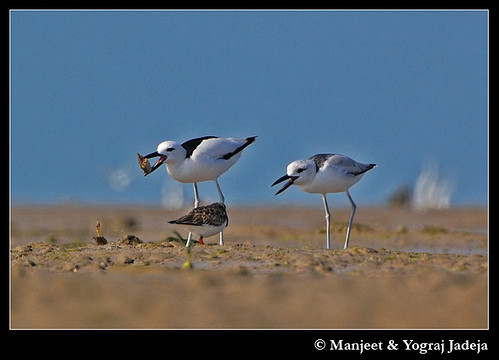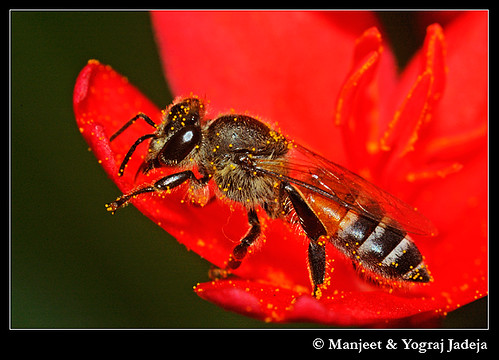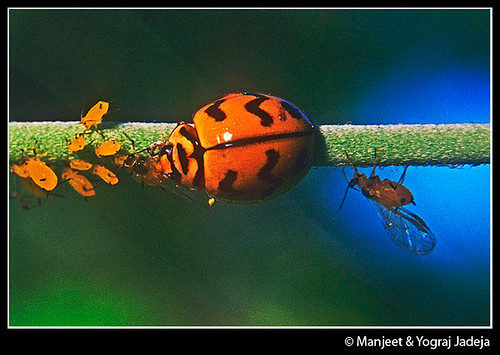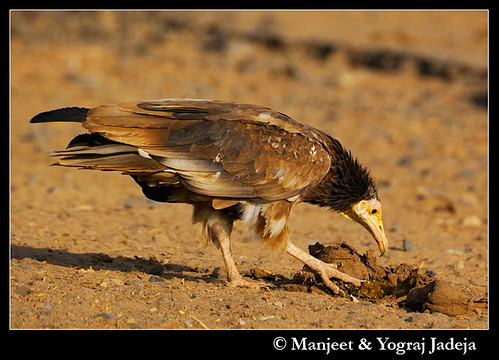Showing posts with label Did you know?. Show all posts
Showing posts with label Did you know?. Show all posts
Friday, December 3, 2010
Did you know? Beak facts
Most waders have different lengths of beaks, so that even when they all feed together each species feeds at different depths. most waders have nostrils at the base of the beak and the tip of the beak is extra sensitive, to feel the prey underground.
The kiwi bird is unique in that it has nostrils at the tip of the beak, making it extremely sensitive to smell.
News,Reviews,Tips,wildlife,nature, photography
bird,
birds,
Did you know?
Friday, October 8, 2010
Did you Know? - Crab Plovers
The crab plover (Dromas ardeola) is the only member of
the Dromadidae family,
and has no close living relatives.
It is also unique among waders,
in using ground warmth to aid incubation of eggs.


News,Reviews,Tips,wildlife,nature, photography
animal,
Did you know?,
fact,
facts,
wildlife
Saturday, September 25, 2010
Did you know? - Little Grebe


The little grebe (Tachybaptus ruficollis), also known as the Dabchick,
is the smallest member of the grebe family.
is the smallest member of the grebe family.
All grebes are accomplished divers and to assist them in swimming under water
the bird’s lobed feet are placed well back at the rear of their bodies.
In fact, a grebe cannot move well on land and rarely comes ashore,
mostly to breed.
News,Reviews,Tips,wildlife,nature, photography
animal,
Did you know?,
fact,
facts,
wildlife
Monday, August 9, 2010
Did you know?

Seemingly unimportant insects are vital for the health of an ecosystem. bees and other insect pollinators provide pollinating services to us "FOR FREE".
Fruits and edible-oil seeds cannot be formed without "HELP" from these critters.
Pollination services provided by insects, mainly bees, are worth EUR 153 billion a year, according to new EU-funded research. This figure is equivalent to almost a tenth of the total value of world agricultural food production. Scientists warn that without these pollination services, the supply of fruits, vegetables and stimulants such as coffee and cocoa would no longer meet the current demand.
News,Reviews,Tips,wildlife,nature, photography
animal,
Did you know?,
fact,
facts,
wildlife
Friday, July 23, 2010
Did you know?
Egyptian vultures (Neophron percnopterus) regularly eat dung, which is a source of Beta-carotene, which gives their beak, the distinctive Yellow color
News,Reviews,Tips,wildlife,nature, photography
animal,
Did you know?,
fact,
facts,
wildlife
Thursday, July 15, 2010
Did you know?

Ladybird eating Aphid
Aphids can reproduce by parthenogenesis and are a pest, once the host plant starts to die out,the females start to grow wings,to fly off in search of another plant to feed on and colonize.Ladybirds feed on aphids and keep their population under control.Even a small insect has a vital role to play in maintaining the health of the ecosystem.Here a Ladybird was feeding on a winged female aphid.
Vivitar V3000s camera,reversal ring,extension tube,vivitar 50mm lens,1/125 sec at
f16,Flash,Kodak Elitechrome 100 film pushed to 200 ISO,scanned with Nikon Coolscan 5000ED
News,Reviews,Tips,wildlife,nature, photography
animal,
Did you know?,
fact,
facts,
wildlife
Subscribe to:
Posts (Atom)
Search This Blog
Google search
Google search Results
ARKive blog
Photographic tips, equipment reviews and more.......
Photo Rumors
DIY-Photography
Thanks for Visiting our Blog




